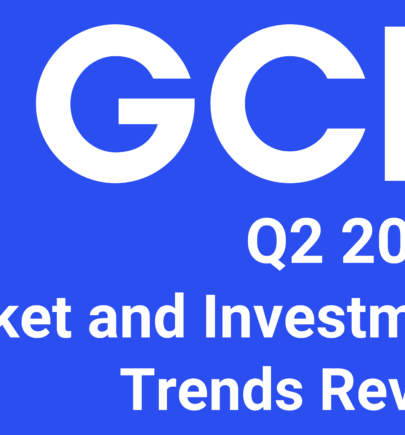Potential Growth Opportunities for Exchanges Going Overseas – The Results May Surprise You
For the exchanges in crypto, expanding overseas and outside of their locale is currently on many of their minds.
This post below highlights some of the findings from the exchange OKEx team that attempts to evaluate the current exchange activity in each country and highlights some trends.
Highlights
1. Countries including the United States, Russia, Brazil, Turkey, Indonesia, Japan, Ukraine, Poland, Thailand, South Korea, Mexico, and Australia are seeing high trading volume. Nevertheless, these regions also have strong local exchanges and outside exchanges trying to enter these markets will see high barriers to entry.
2. Countries such as Vietnam, Germany, France, the Netherlands, Spain and Canada have strong trading demand, but lack local exchanges, which can be the focus of one’s overseas market strategy.
3. In South American countries such as Venezuela and Argentina, and African countries such as Sudan and Nigeria, even though transaction volumes are not high, the legal system locally renders the fiat currency unstable and the inflation rate high. Users there tend to transact cryptocurrency through over-the-counter transactions. This type of market has a strong demand for cryptocurrency, so exchanges should mark them as potential backup countries to explore.
4. Countries such as India, Slovenia, the Philippines, Venezuela, Pakistan, and Nigeria demonstrate a high public interest for cryptocurrency but trading transactions remain low. These markets serve as high-potential markets and should be followed closely.
5. When studying exchanges in Japan and South Korea, it was found that there are very few global exchanges that see volume from Japan and South Korea. Japanese users mainly use local exchanges such as Bitflyer, Zaif, Bitbank, and Coincheck. Korean users are also concentrated in Upbit, Bithumb, etc. In addition to strong, local exchanges, users in Japan and South Korea have also shown strong “closed” characteristics towards foreign exchanges. Therefore, Japan and South Korea, although compelling as markets, actually do not make good overseas market expansion targets for exchanges. See chart below->
6. One may not be surprised to hear that the top 20 countries right now in crypto trading activity make up of 74.74% of the total trading volume, whereas the remaining 25.26% volume is distributed amongst 165 countries.
Some Interesting Charts
-Below shows the website traffic distribution between “local” and “foreign” users for each exchange. Here, the author only uses the website traffic as the standard of measurement – and they only extracted the exchanges with the average page views with monthly activity >1M in the past three months, while also taking into account DEX and derivatives exchanges (only IDEX meets >1M in all DEX). Under these paramters, the results rendered a total of 53 exchanges.
-The bar next to each exchange listed below demonstrates the total amount of traffic that went to that exchange, and the color section of each bar indicate the amount of traffic from the exchange’s homebase country.

This means that we see, for example, Japanese users made up of most of Japan’s exchange activity, while 45% of Coinbase traffic came from the US. We do recognize that traffic data can be very inaccurate but it’s interesting to see the directionality of this data and user behavior.
The report also looks at other data such as transaction volume on exchanges, over the counter, and also google trends traffic data to come up with the aforementioned conclusions. Checkout the full report through Goolge translate here












